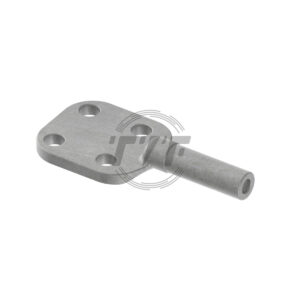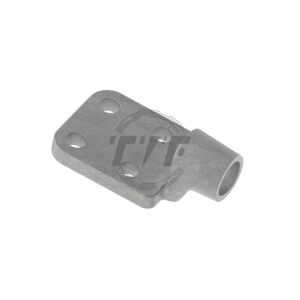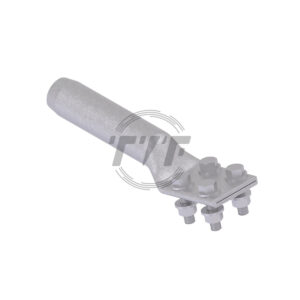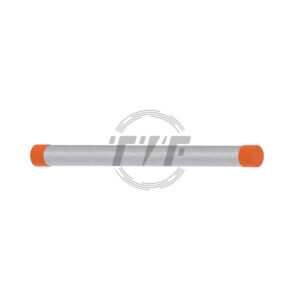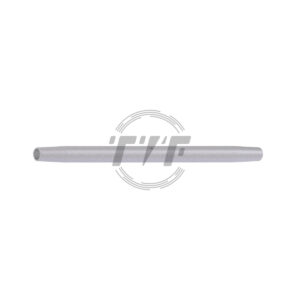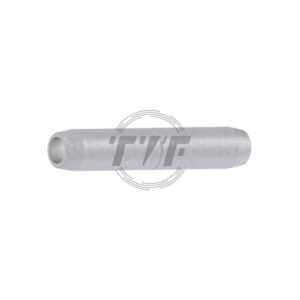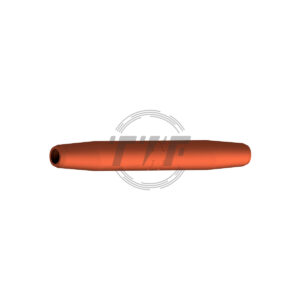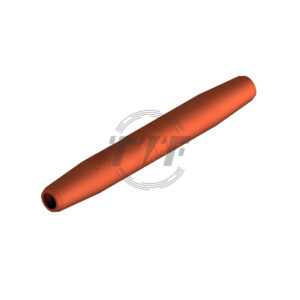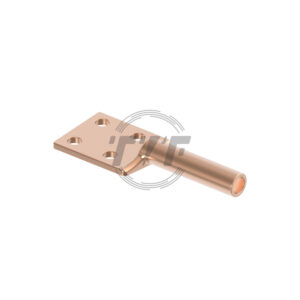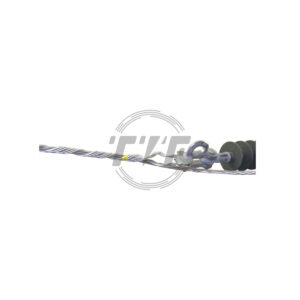Conductor Hardware
Showing 25–36 of 72 results
-
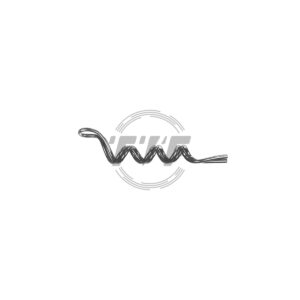
Cable Riser Tie
-

Cast Aluminum Terminal
-

Cast Aluminum Welded Terminal
-

Compression Jumper Terminal
-

Compression Splice
-

Compression Splices
-

Conventional Compression Splice
-

Copper Automatic Splice
-

Copper Automatic Splice, Diameter Range: 0.32 – 0.33
-

Copper Compression Terminal
-

Copper Terminal Compression
-

Deadend for Distribution Feeder
Read More
Conductor hardware includes a diversity of power line products such as automatic connectors, clamps, dead end clamps, suspension clamps, formed wire, insulator fittings and yoke plates. In systems, these components uphold and combine the conductors to create electric connection between parts of an electric circuit.
Components of Conductor Hardware
Dead End Clamps
Dead end clamps are used in distribution systems to fasten the conductors from the poles. They are essential in electrical power distribution in transmission lines.
Suspension Clamps
The main purpose of suspension clamps is to support guarded and steady supply of electricity in the distribution system from the power stations.
Types of suspension clamps
- Cap and pin insulator
- Interlink insulator
Formed Wire
Formed wire also known as preformed wire. It is a finished shaped wire which is manufactured using a wire spool into a specific configuration. They are essential in all electrical, telecommunications and utility needs.
Types of formed wires
- Insulator tie
- Dead end grip
- Armor rod
- Suspension clamp
- Line guards
- Conductor splice
Insulator Fittings
These are some small parts used with insulators.
Yoke Plates
This is also known as clevis plate. It is a string hardware used to brace the electrical clevis, socket tongue or insulators.
Advantages of Conductor Hardware
Durability
Conductors help in making sure the transmission line last for longer periods of time.
Low Maintenance
Since most of this conductor hardware is galvanized, they are therefore maintained less which reduces the maintenance cost.
Installation and Transportation
The conductors are portable and compact. This helps in making the transportation and installation faster and easier.
Safety
The conductors have multiple components that are essential in making sure the transmission lines are upheld in place and prevents current from flowing to the earth.
Multiple Uses
The different components of conductor hardware are used for multiple purposes such as transmission lines, service lines and telecommunication lines. This therefore helps the users to select the hardware that is most ideal for their need.
Types of Conductors
Conductors have different material and therefore it essential to know the conductivity of the material. Conductivity is the ability of material to transfer electricity or heat. There are four types of conductors namely good conductors, semiconductors, resistors and insulators also known as non-conductors.
Good Conductors
This where all the material allow electric current to pass through. Examples include gold, copper, aluminum, iron and silver.
Semiconductors
This are materials that have sensitivity of electricity against good conductors and insulators. Examples include silicon and germanium.
Resistors
These are small devices that resist and reduce the electrical current and supply the electricity to the electronic goods in a controlled manner.
Insulators
Insulators are materials that do not allow electric current to pass through them. They are used to cover wires where the electric current is passing through. Examples include wood, plastic, rubber and dry air.
Conductor Fittings
Conductor hardware can be used with different accessories and fittings which are used to carry the mechanical and electric load. Some of these fittings include:
- Splicing fittings – these are used for rebuild conductors and ground wires in overhead transmission lines.
- Link fittings – are used to link clamps to insulators to the towers. They are mainly designed for steel that can be able to withstand excess heat.
- Protection fittings – these are designed to protect the conductors against vibrations and ground wires in overhead power lines.
- Guy wire fittings – these are mainly used to fix the guy wires used in the overhead power lines.
- Strain hardware – these are used to reform conductors and ground wires to insulators on the tower arms and substations.
Frequently Asked Questions
- What are conductors?
Conductors are materials that allow electricity to pass through. They are also called electric conductors. - What are the types of conductors?
Good conductors, semiconductors, resistors and insulators are the types of conductors. - What are the components of conductor hardware?
Some components of conductor hardware include dead end clamps, suspension clamps, yoke plates, insulator fittings and formed wires. - What are the advantages of conductor hardware?
Conductor hardware provides durability, low maintenance cost, cheaper and faster installation.

